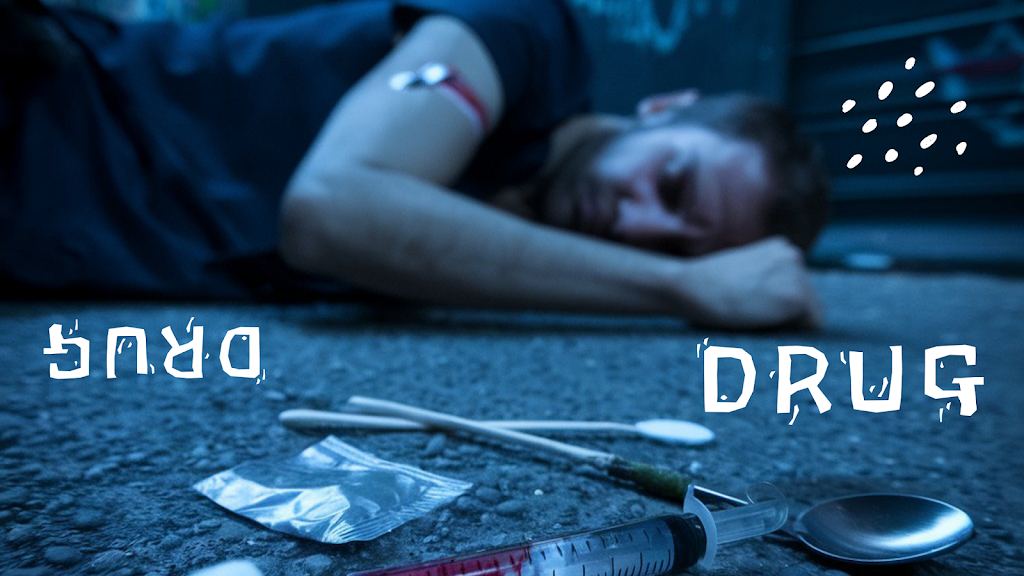Deciding between a drug-free detox and medication-assisted detox is one of the most critical choices in addiction recovery. Both approaches have distinct advantages and risks, and understanding these differences can help individuals and families make informed decisions about treatment options that align with their specific needs, preferences, and medical circumstances.
What Is Drug-Free Detox?
Drug-free detox, also known as natural detox or “cold turkey” withdrawal, involves stopping substance use abruptly without the assistance of prescription medications. This approach relies on the body’s natural healing processes and often incorporates holistic therapies and supportive care to manage withdrawal symptoms.
Core Components of Drug-Free Detox
- Nutritional healing with nutrient-dense foods, vitamins, and supplements to restore physical health
- Herbal remedies such as chamomile, valerian root, and milk thistle for symptom management
- Hydration therapy with water, electrolyte-rich drinks, and herbal teas
- Mind-body practices including yoga, meditation, tai chi, and mindfulness exercises
- Alternative therapies such as acupuncture, massage therapy, and breathwork
Benefits of Drug-Free Detox
- Natural Healing Approach: Allows the body to heal naturally without introducing additional medications.
- Reduced Medication Risks: Eliminates side effects, drug interactions, or new dependencies.
- Holistic Wellness Focus: Improves long-term recovery through nutrition, exercise, and stress management.
- Cost-Effectiveness: Often less expensive than medically supervised programs.
Risks and Limitations of Drug-Free Detox
- Severe Withdrawal Symptoms: Can cause intense discomfort and dangerous complications.
- Higher Relapse Risk: Intense cravings often lead to relapse.
- Safety Concerns: Dangerous for substances like alcohol, benzodiazepines, and opioids.
- Limited Effectiveness: Works best for mild to moderate addictions.
What Is Medication-Assisted Detox?
Medication-assisted detox involves the use of FDA-approved medications combined with medical supervision to manage withdrawal symptoms, reduce cravings, and prevent dangerous complications during the detoxification process.
Medical Detox Medications by Substance
- Alcohol Withdrawal: Benzodiazepines (Valium, Librium, Ativan), anticonvulsants (carbamazepine, gabapentin), and supportive medications for blood pressure and heart rate.
- Opioid Withdrawal: Buprenorphine (Suboxone), methadone, clonidine, and lofexidine.
- Benzodiazepine Withdrawal: Long-acting benzodiazepines, seizure prevention medications, and cardiac monitoring.
Benefits of Medication-Assisted Detox
- Enhanced Safety: Reduces risk of seizures, cardiac events, and other complications.
- Improved Comfort: Medications reduce withdrawal intensity.
- Higher Success Rates: Better treatment retention and lower relapse rates.
- Better Focus on Recovery: Individuals can focus on therapy instead of severe discomfort.
- Professional Support: 24/7 monitoring and intervention if needed.
Risks and Limitations of Med-Assisted Detox
- Medication Side Effects: May cause nausea, sleepiness, or constipation.
- Potential for New Dependencies: Minimal risk when managed properly.
- Higher Costs: Requires specialized facilities and staff.
- Medical Supervision Requirement: Not suitable for those wanting minimal intervention.
Choosing the Right Approach: Key Factors to Consider
Substance Type and Addiction Severity
- High-Risk Substances: Alcohol, benzodiazepines, and opioids require medical detox.
- Duration and Intensity of Use: Long-term, heavy users benefit more from medical detox.
Medical and Psychological Factors
- Co-occurring Medical Conditions: Require medical detox for safety.
- Previous Withdrawal History: Severe symptoms in the past indicate medical supervision is necessary.
Support System and Environment
- Family and Social Support: Increases success, especially for drug-free detox.
- Safe Environment: Medical detox ensures a controlled, trigger-free environment.
Personal Preferences and Values
- Treatment Philosophy: Some prefer holistic methods; others prioritize safety and comfort.
- Previous Treatment Experiences: Past outcomes can guide future decisions.
Hybrid Approaches: Combining Both Methods
Many modern programs combine medical safety with holistic healing, including:
- Medical monitoring with minimal medication
- Nutritional support with prescribed medications
- Mindfulness and stress management during detox
- Natural therapies alongside medical care
Making an Informed Decision
The choice between drug-free and medication-assisted detox should involve consultation with addiction specialists, medical evaluation, and honest self-assessment.
- Mild to Moderate Addiction: Supervised drug-free detox may work for short-term or lower-intensity cases.
- Severe or High-Risk Cases: Medical detox is safest and most effective.
- Professional Assessment: Critical to recommend the right approach based on history, risk, and health factors.
Both approaches can be effective when matched to individual needs. Most importantly, detox is only the first step—comprehensive rehabilitation programs are essential for long-term recovery.


